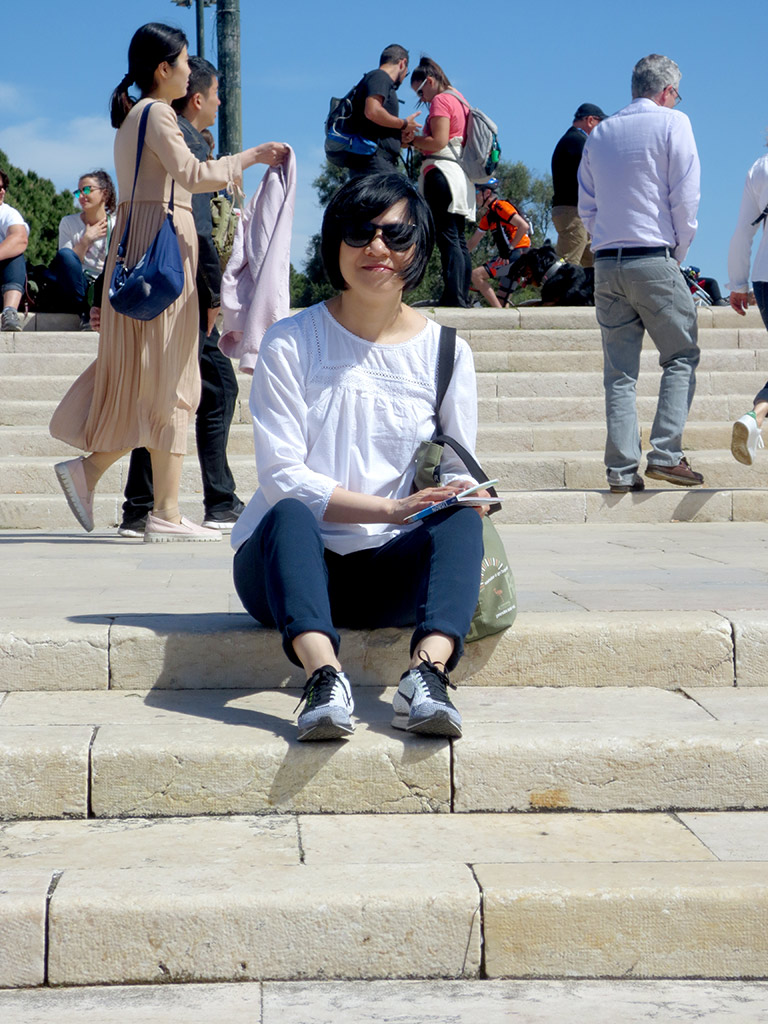On Sunday we visited Belém, a district of Lisbon about 20 minutes from the city centre by tram. Historically this area was where the royal and religious elites of Lisbon lived and built their palaces and other buildings of importance.
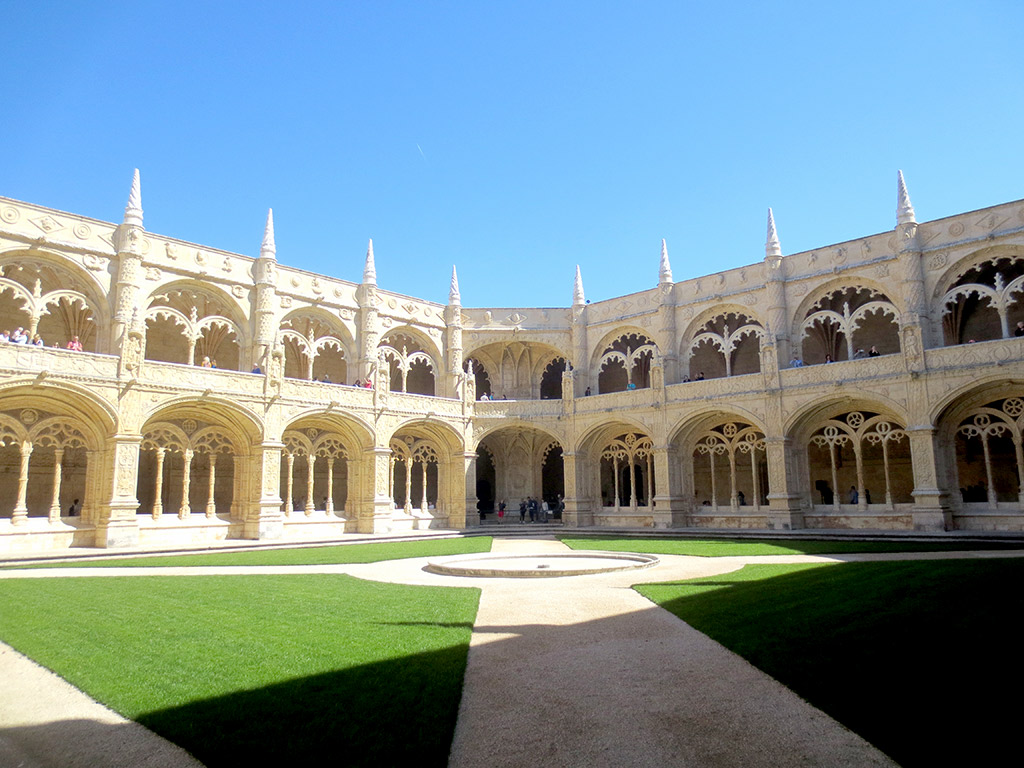
By far the most dominant building in the area is the enormous Mosteiro dos Jerónimos (Jerónimos Monastery) which was constructed over several decades beginning in 1501.
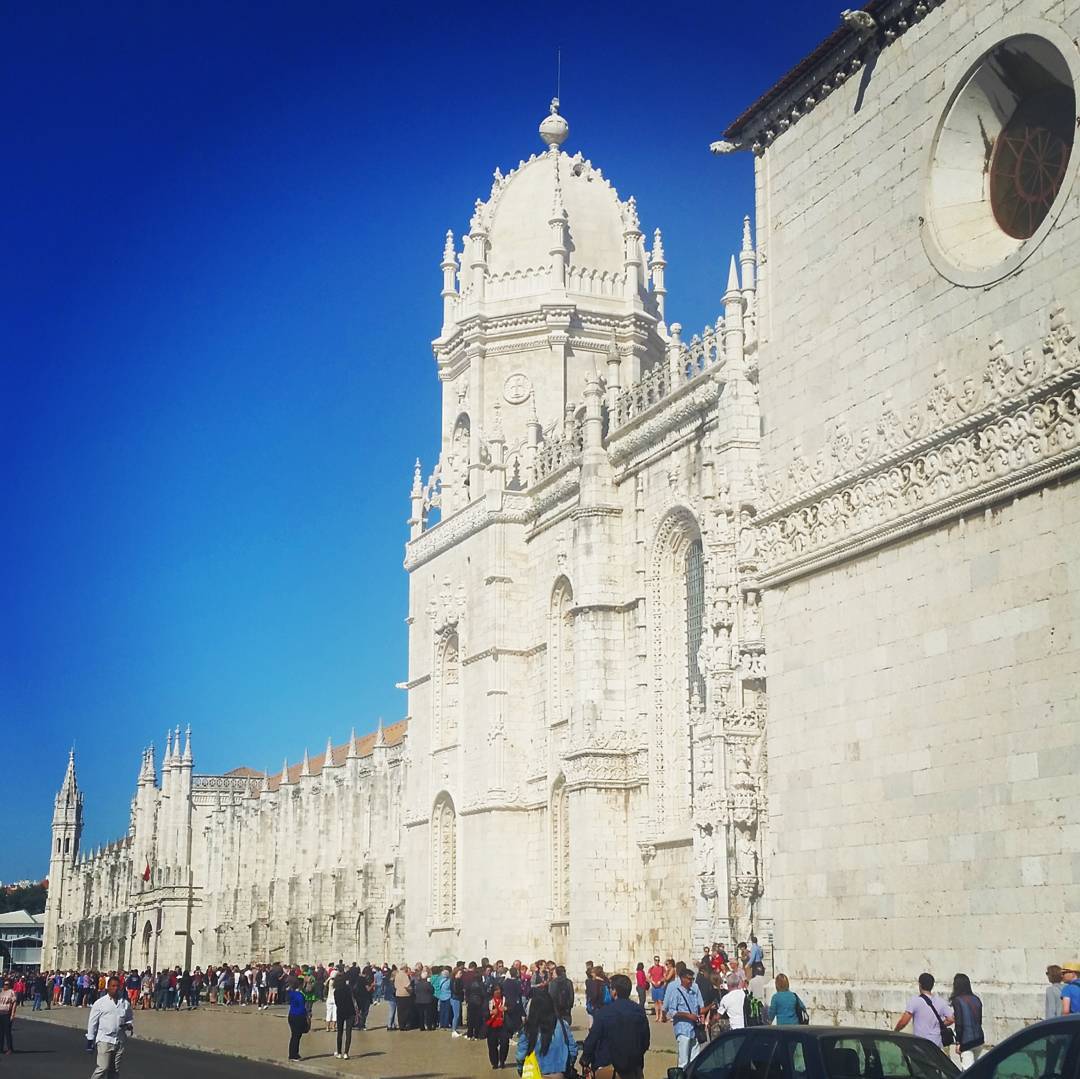
After waiting in an unnecessarily long line to enter, we were finally able to circle the very large cloister, which has two levels of incredibly ornate carved pillars and windows looking into a grassy courtyard.
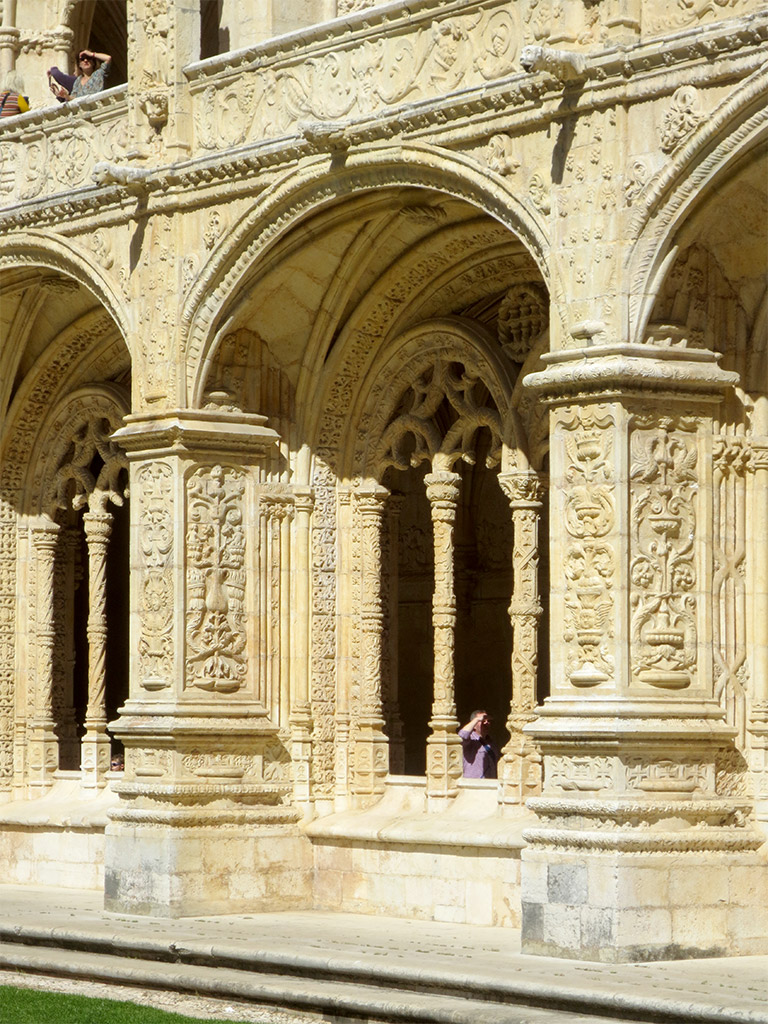
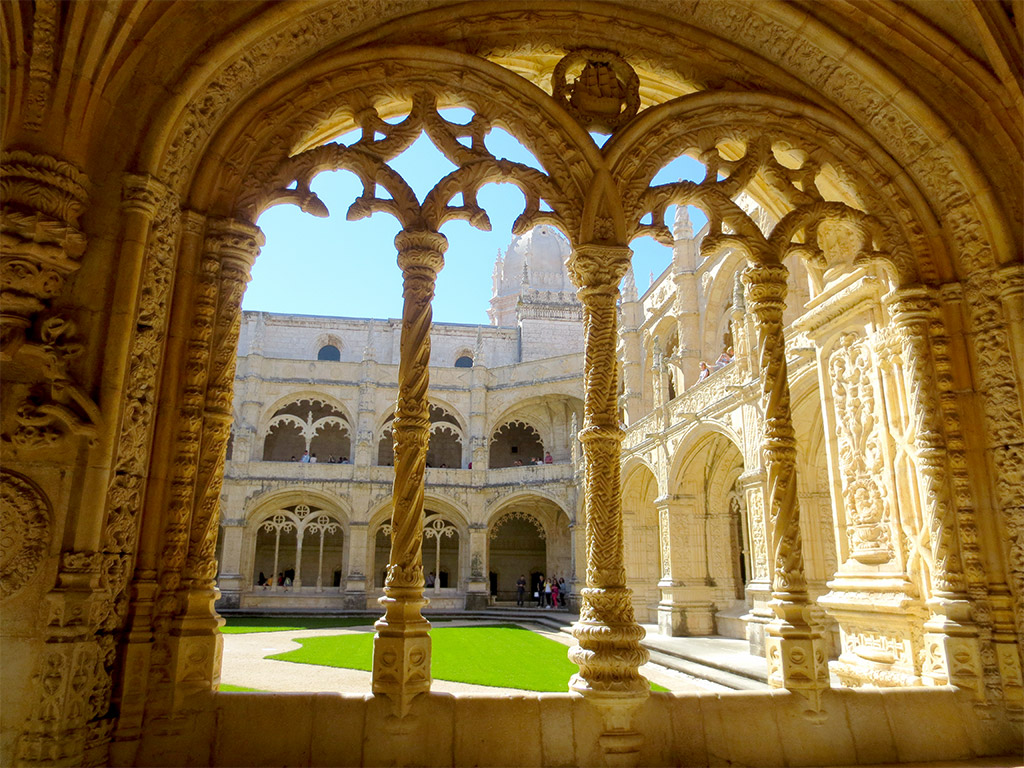
In contrast to the exterior, the interior spaces were dark and gloomy, including a long sequence of staircases to the second level.
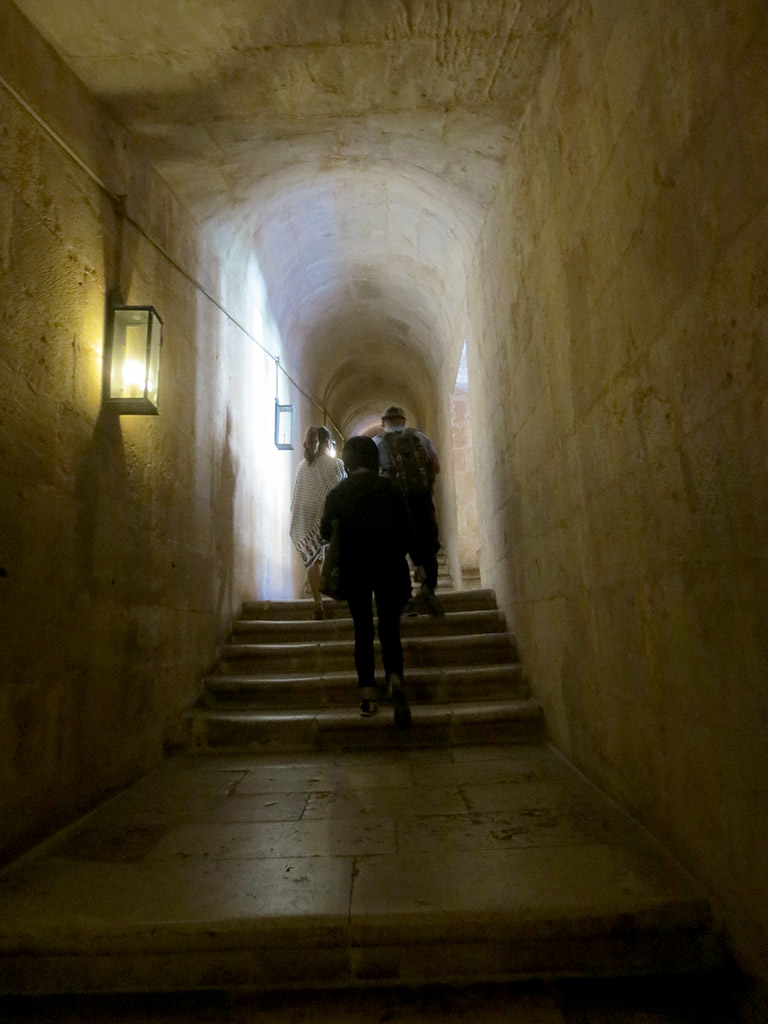
In the “Ancient Refectory” (aka dining hall) there is a painting of São Jerônimo (St. Jerome) himself, looking very studious in the company of a lion with oddly humanlike paws. The painting dates to the 16th century and is by an unknown artist.
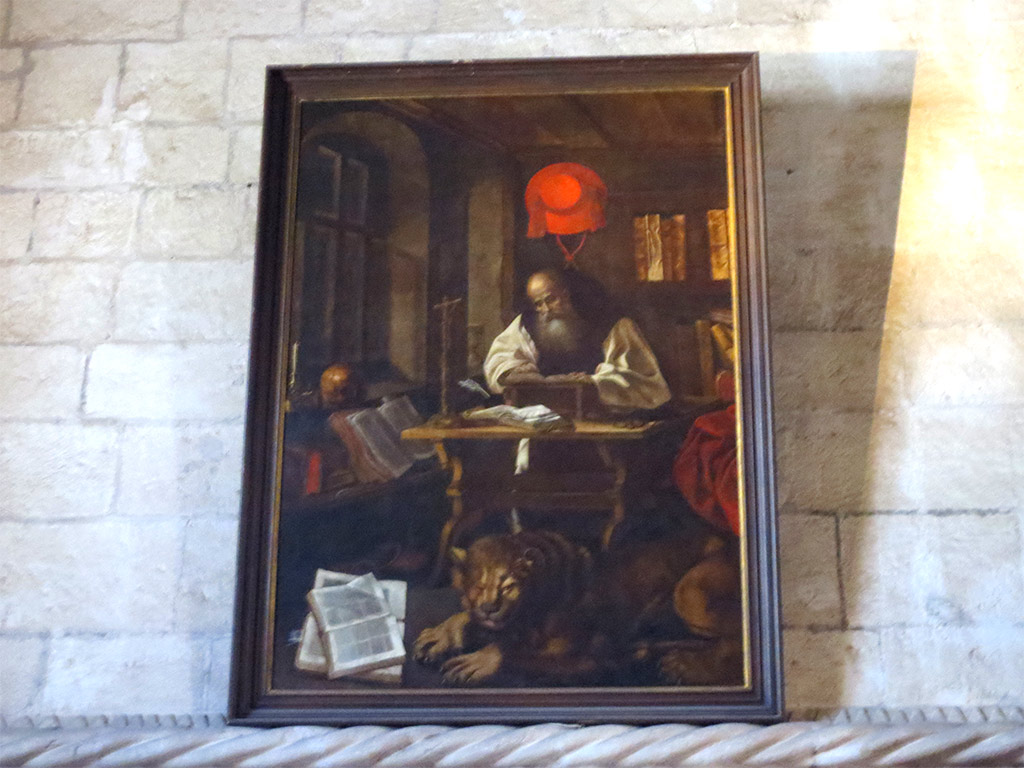
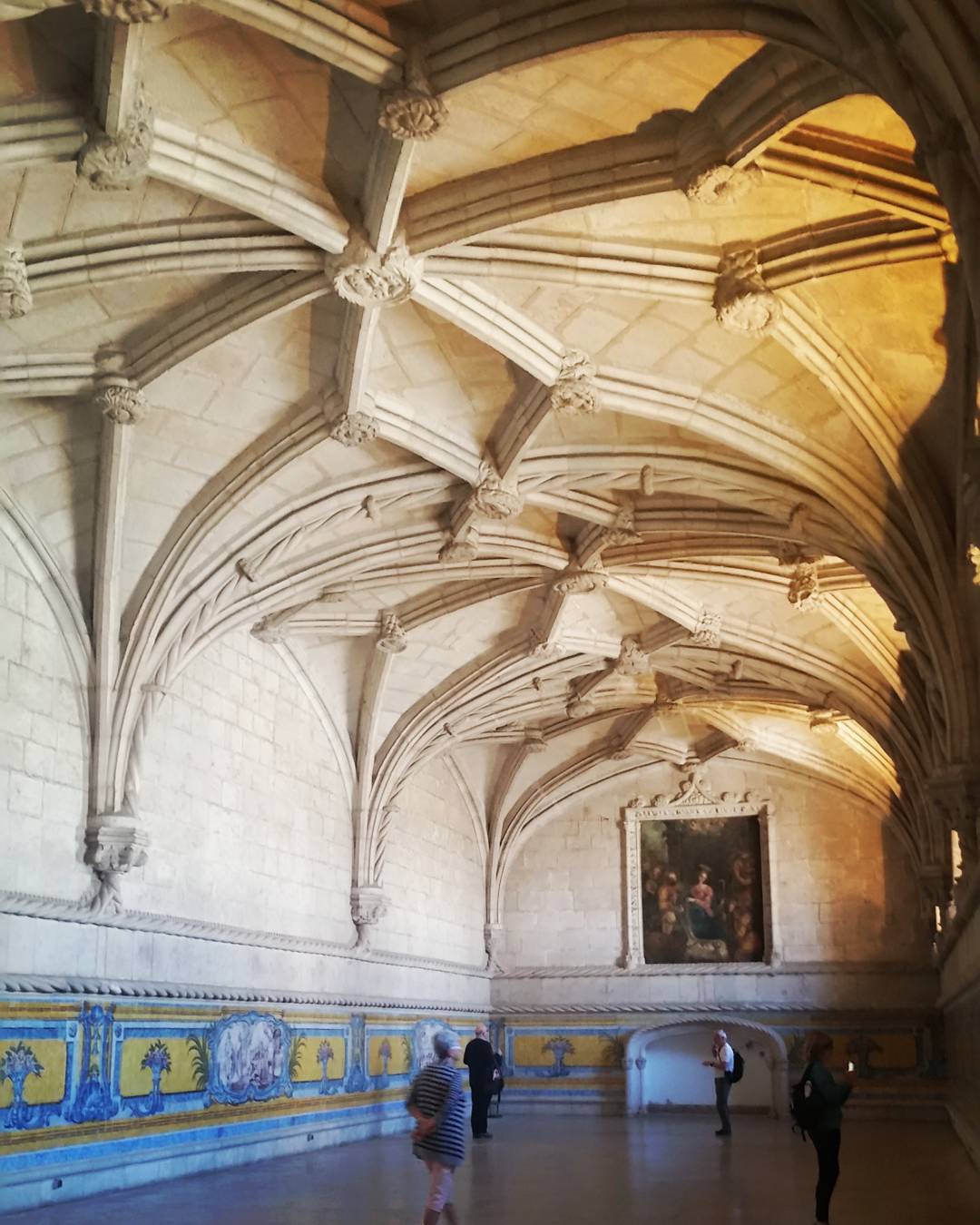
Fleeing the Palm Sunday crowds of the monastery, we walked south to the Rio Tejo and embarked on a scenic waterfront walk westward.
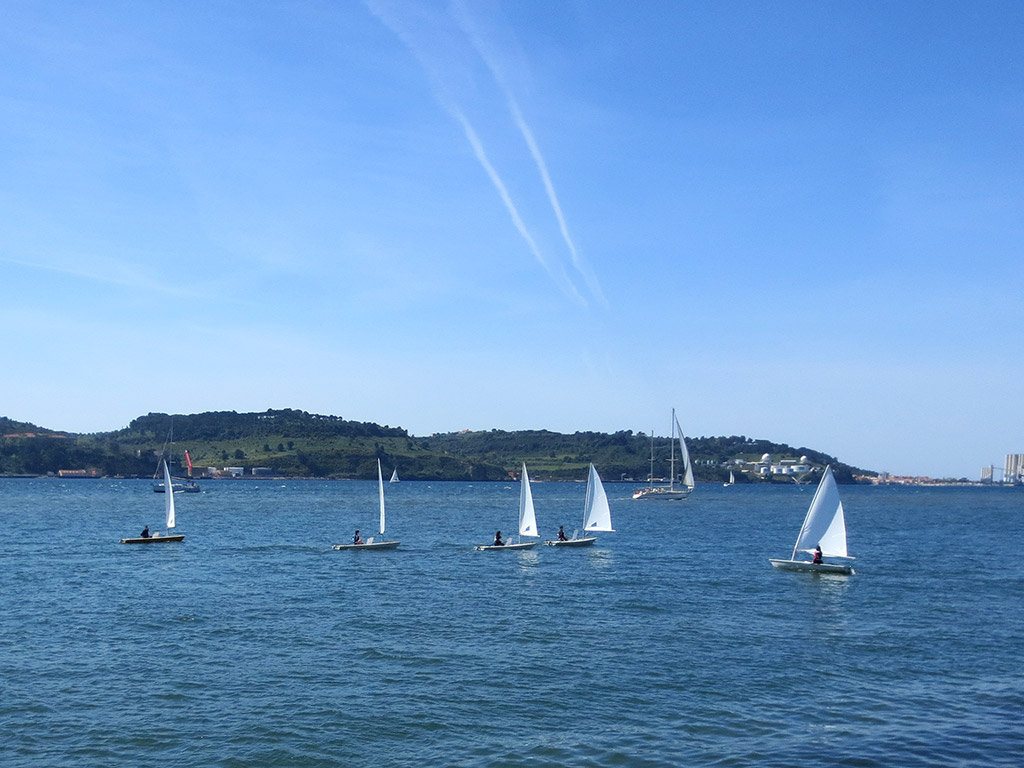
We soon encountered the next landmark: the Padrão dos Descobrimentos (Monement of Discoveries). This imposing behemoth was constructed in 1960 around the 500th anniversary of the Age of Discovery, a period lasting several centuries during which Portuguese explorers ruled the seas.
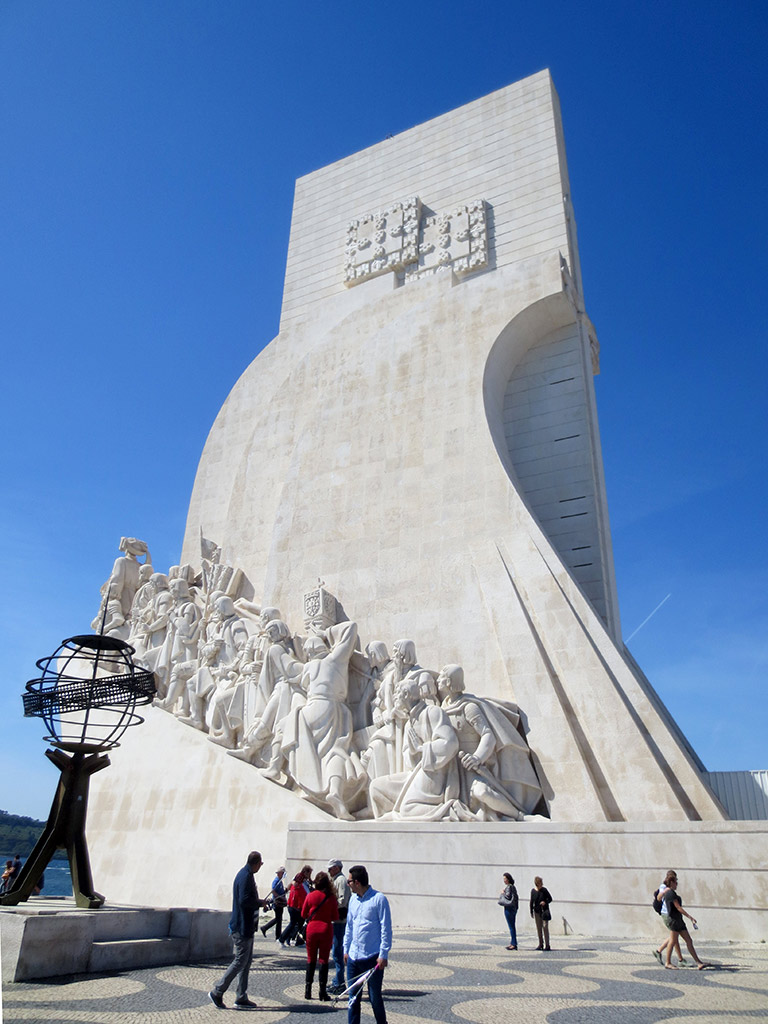
It was from Belém that many of the explorers set out on their multi-year voyages, after first visiting their royal sponsors and praying vigorously at the monastery. Along the sides of the monument are statues of many of famous Portuguese explorers, including Vasco da Gama and Ferdinand Magellan.
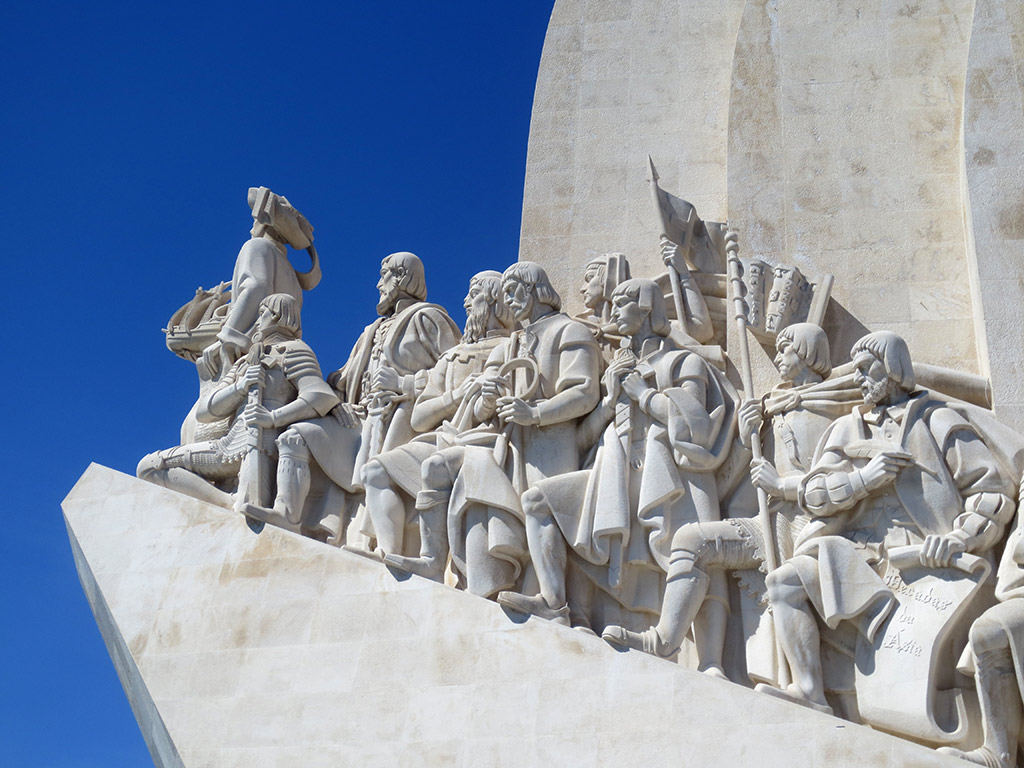
We continued along the waterfront to the Torre de Belém (Belém Tower) which was constructed in the 16th century to help defend the mouth of the Rio Tejo.
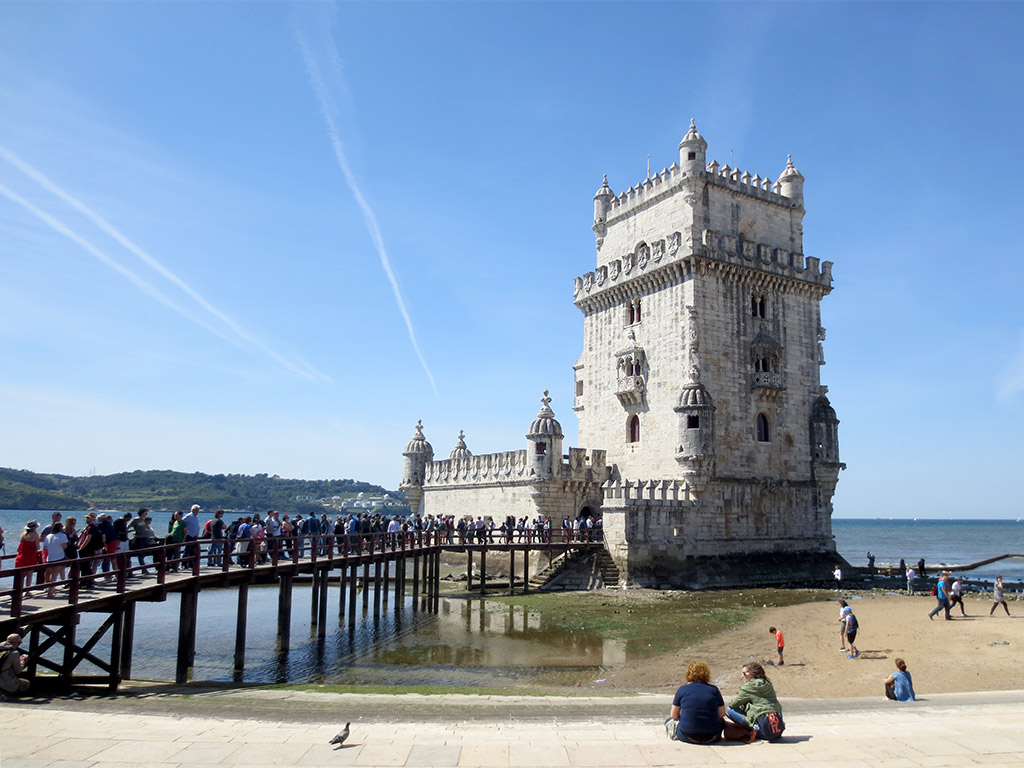
We discarded the idea of waiting in another line in the sun to enter the tower, and I instead satisfied myself by wandering down into the muck at the base of the walls. Apparently it was low tide, and the sand was littered with mussel shells.
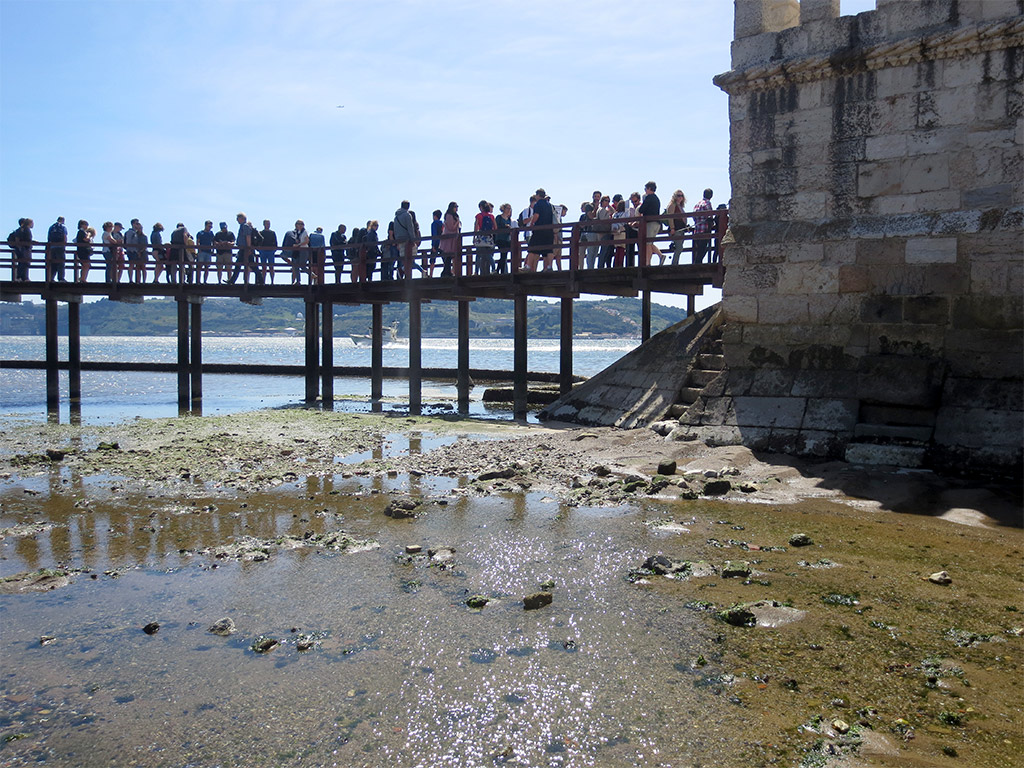
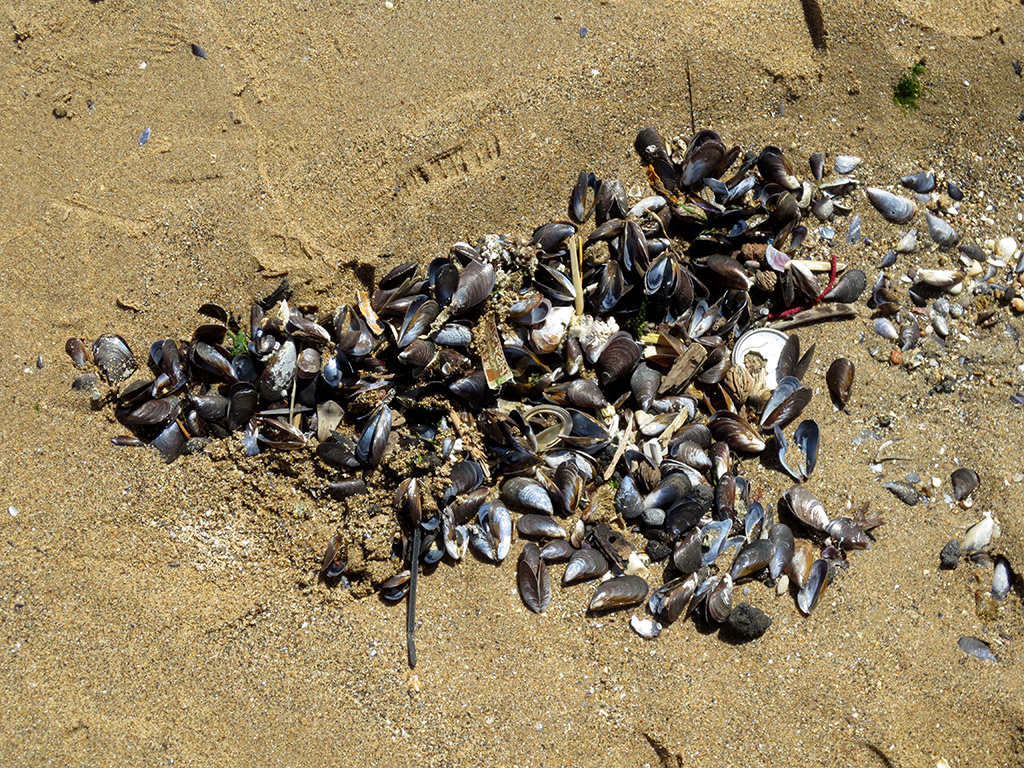
Preferring to keep her feet dry, Josie chose to instead relax on the tower steps.
